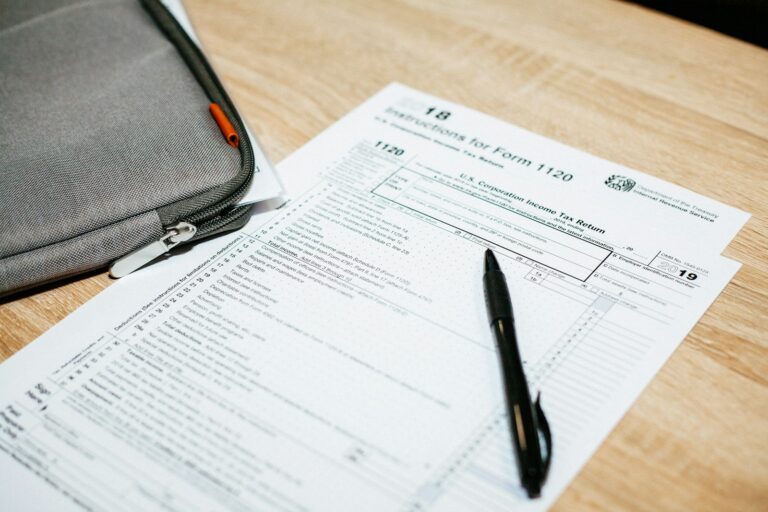
Host old apps in containers with Debian 12
I have recently had to start some software based on a very old PHP version. Since having that directly on the operating system will open it to vulnerabilities, containerization seems to be a good choice.

I have recently had to start some software based on a very old PHP version. Since having that directly on the operating system will open it to vulnerabilities, containerization seems to be a good choice.

I was recently asked to help with creating a form to submit certain tax redirections for a non-profit organization.

This is a very simple example on how to use SlimPHP and PDO in a basic API that updates, lists and deletes entries from a table. If you are new to building APIs with SlimPHP, then this is a good…
Use the following command to export the query rows to a file on the server in the CSV format.
Use the following command in your server to allow user to connect from anyhost:
Commands: Source:
Use the following commands to change the URL of a WordPress website directly inside the mysql database:
Reset the term count:
To delete the media files without leaving traces in the database, do the following:
Use the following code in your script to set the internal php encoding to UTF-8: Also, for mysql and postgres you should take into consideration the following two commands:
A great SQL injection tutorial can be found here:

The following is a PHP programmer’s Linux beginner guide to setting up a development environment.